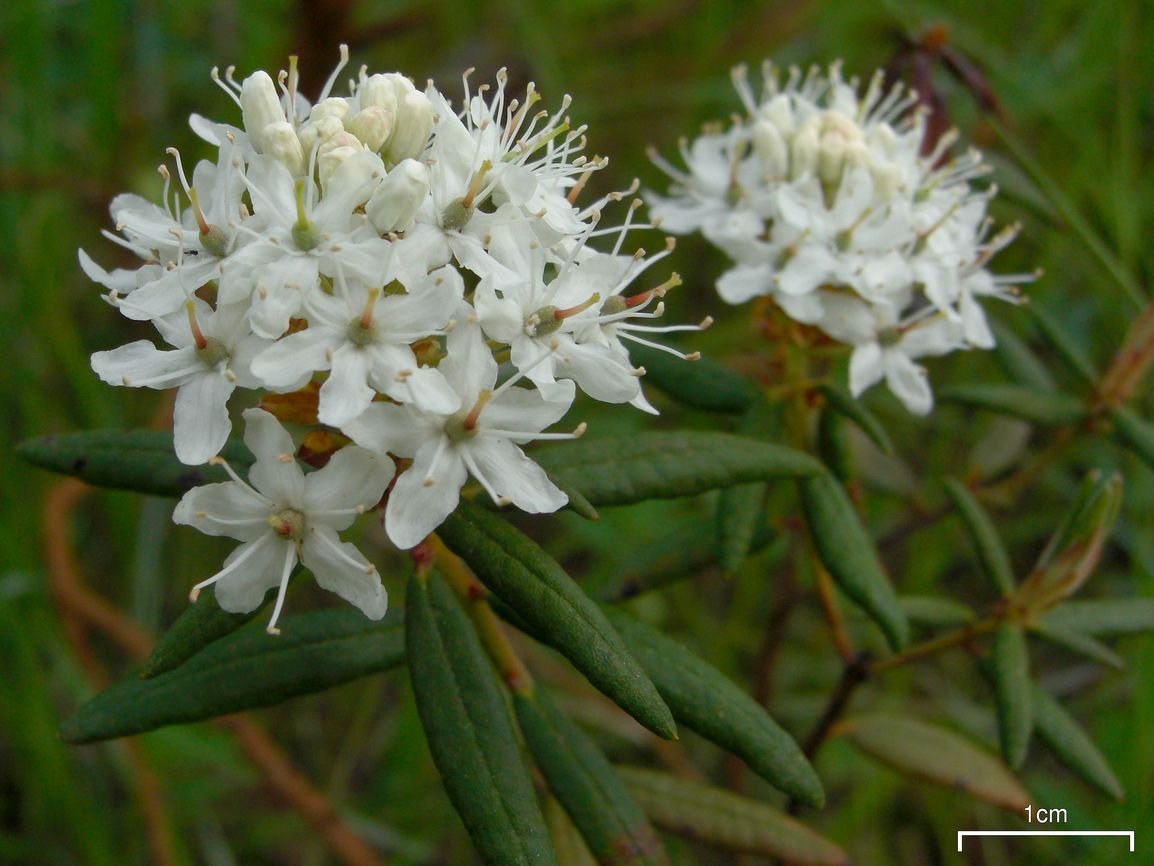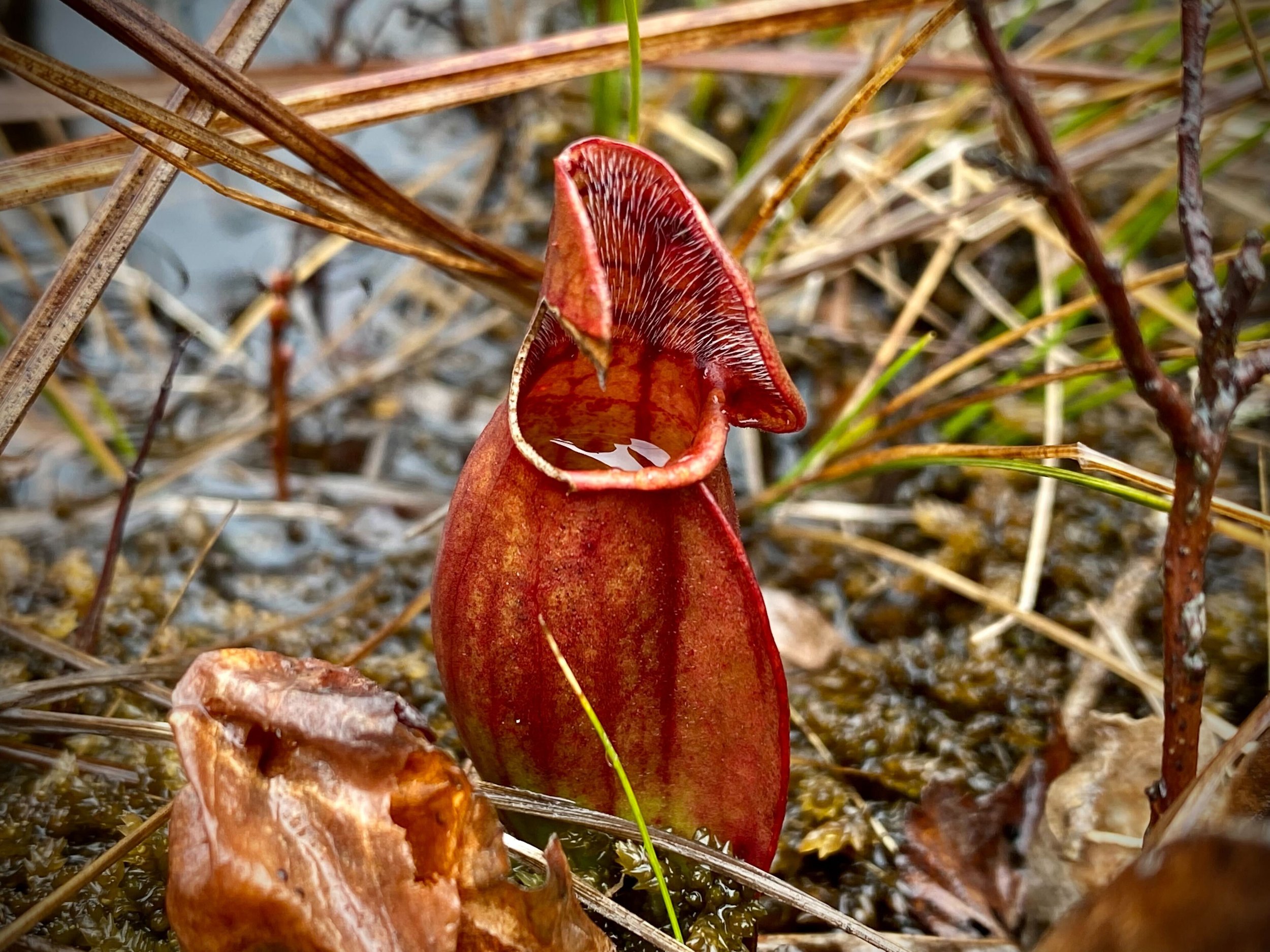What are those wildflowers?
Wildflowers can be a great introduction to understanding complex relationships in the natural world. In the Adirondacks, the bloom of the Painted Trillium (Trillium undulatum) or Bunchberry (Cornus canadensis) is often noted as the true arrival of spring. After several months of snow, ice, below freezing temperatures, and the aptly named mud season, the first bloom of a wildflower is rejuvenating. Our team conducts water quality sampling throughout the year, and often gets to experience these seasonal changes on a daily, or weekly basis. Sampling over 100 lakes, ponds, rivers, and streams brings our team to many locations where wildflowers are abundant.
Visiting a local nature center
Making your way along a shoreline trail, such as the Boreal Life Trail at the Paul Smith’s College VIC can be a great introduction for learning to identifying bog plants. At nearly 1.5 miles, the Boreal Life Trail offers exceptional opportunities to get up close to peatlands, a unique environment in the northern forest. This unique ecosystem contains some iconic bog plants that captivate both the eye and the mind. Typical of acidic soils such as those found in a bog, Labrador Tea (Rhododendron groenlandicum) is a commonly seen evergreen shrub that typically begins blooming in May. Labrador Tea grows upwards of three feet out of the bog, with a woody structure that produces narrow, often glossy leaves. When in bloom, this plant has small clusters of white flowers, with five petals. A common plant of the boreal life trail, this plant can be found in similar environments across the Adirondacks.
As you navigate through this environment, you might notice a plant unique in appearance, with tubular leaves that vary from reddish-purple to green. If you notice that the leaves are flared with dark colored veins, it might be the Pitcher Plant (Sarracenia purpurea), a carnivorous plant of the Adirondacks. Supplementing its ability to photosynthesize, this plant receives nutrients from trapped insects. The Pitcher Plant traps insects within its flaps with strategically placed hairs that encourage prey to descend deeper into the plant, and also hinder the prey’s ability to crawl out. As rainwater is collected in the pitcher, the prey becomes consumed by the plant's digestive enzymes. Another carnivorous plant you might see in the Adirondacks is the Roundleaf Sundew (Drosera rotundifolia).
Paddle the ponds and lakes
The return of spring often serves as a kick-off to the paddling season. In addition to keeping an eye out for aquatic invasive species such as the water chestnut or variable-leaf milfoil, you can observe several native plants that offer unique displays in the spring. Keep an eye out for purple-blue flowers that can be around six inches in length. Typically in bloom in late June, the Pickerel Weed (Pontederia cordata) is an emergent plant that extends above the water's surface. It is common in the Adirondack region and offers value to many wildlife species, with its seeds being eaten by duck and mammal species, as well as its flowers being important for to pollinators. You might also see the Yellow Pond Lily (Nuphar variegata), a common lily that, as its name suggests, produces a yellow flower above its floating leaved structure.
Wildflowers are all around us!
Ghost Pipes by Tom Collins
Enjoying spring wildflowers doesn’t have to include a trip to the backcountry. Often flowers such as the Starflower (Trientalis borealis) or the Ghost Pipe (Monotropa uniflora) can be found near a roadside, or in parking lots adjacent to a mixed forest or hardwood forest. As the name suggests, the Starflower resembles a star with its flowers presenting white in color. This flower prefers hardwood forests and is considered a shade tolerant species. The Ghost Pipe is another plant you might notice this spring, although on first glance, it might not look like a plant. This plant appears to look more similar to a fugus, or mushroom, with its clear, transparent appearance. Even more interesting is that this plant lacks chlorophyll, and receives all of its energy from a parasitic relationship with mycorrhizal fungi and trees. Both of these species can be found in shady spots under deciduous, or sometimes coniferous trees.
When looking for wildflowers, remember to follow the Leave No Trace principles. Wildflowers are often blooming during mud season in the Adirondacks. It’s advised to remain at lower elevations during mud season to prevent damage to fragile alpine vegetation and trail systems. Visit the New York State Department of Environmental Conservation for more information. If paddling during the spring months, be prepared for cold water conditions by bringing cold-water clothing and equipment.



